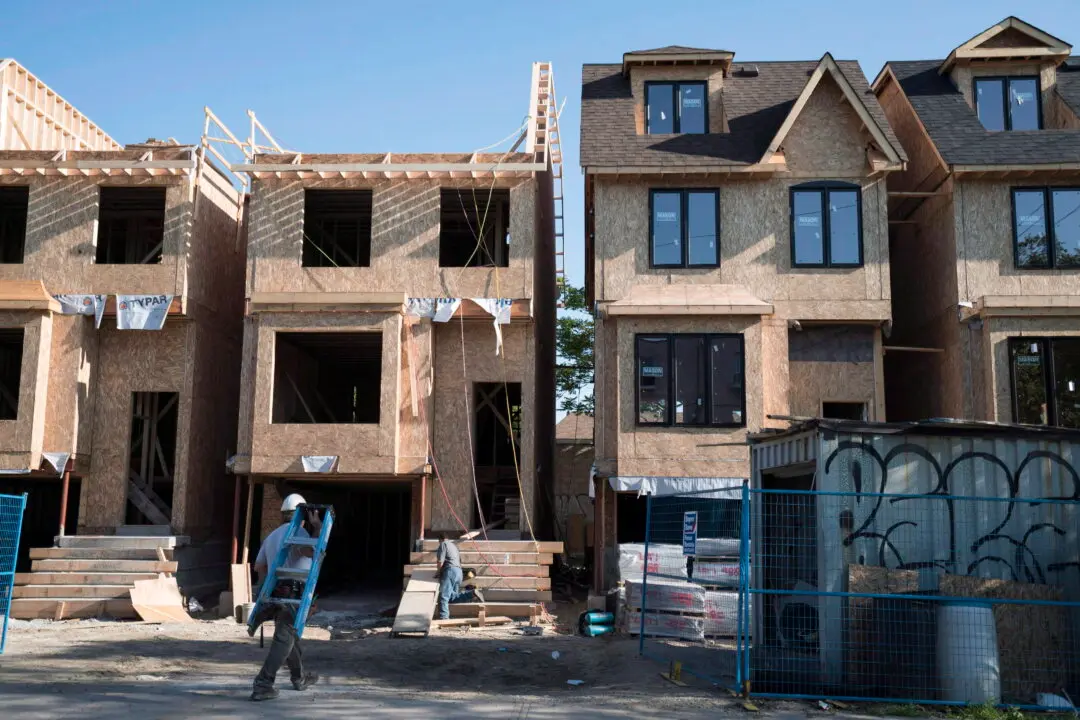Only 1.6 percent of newcomers to Canada in 2022 were accepted based on having skills to work in construction, federal data indicates, as the Liberal government defends its immigration levels citing the need for new trade workers to build homes.
Immigration Canada provided the data on Dec. 6 in response to an order paper from Conservative MP Pat Kelly.





